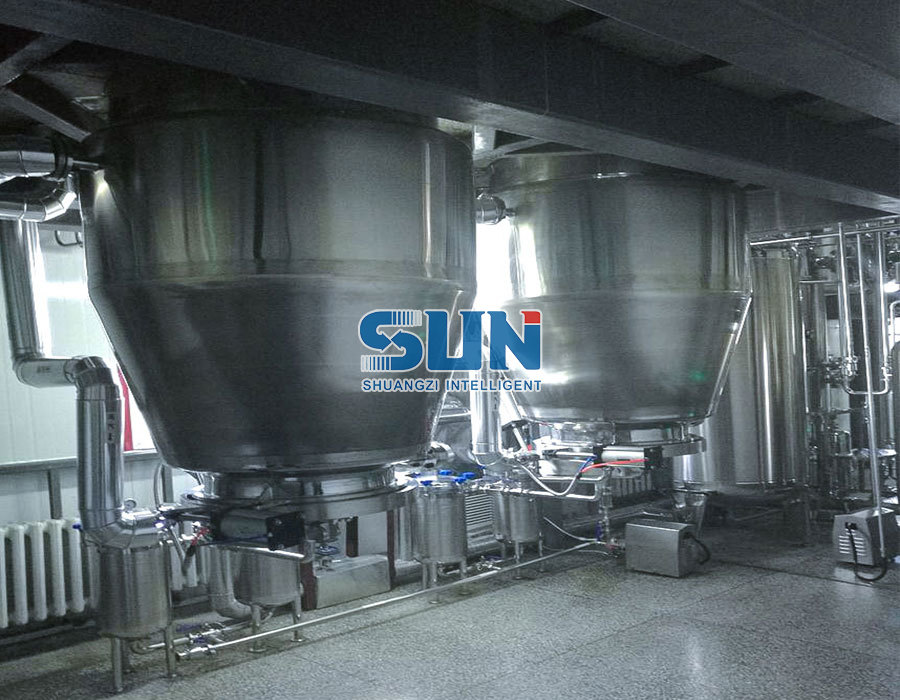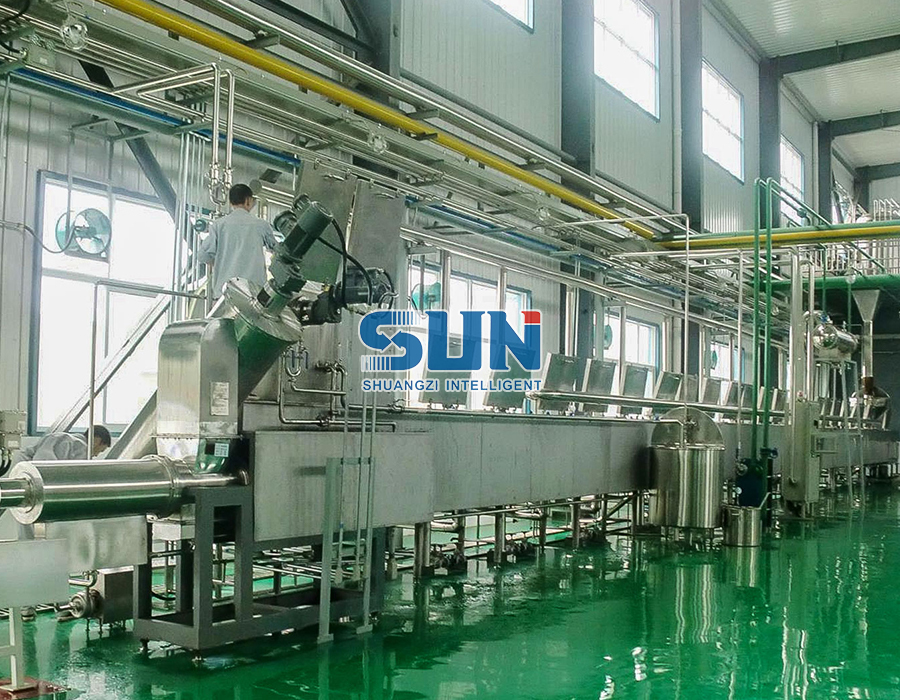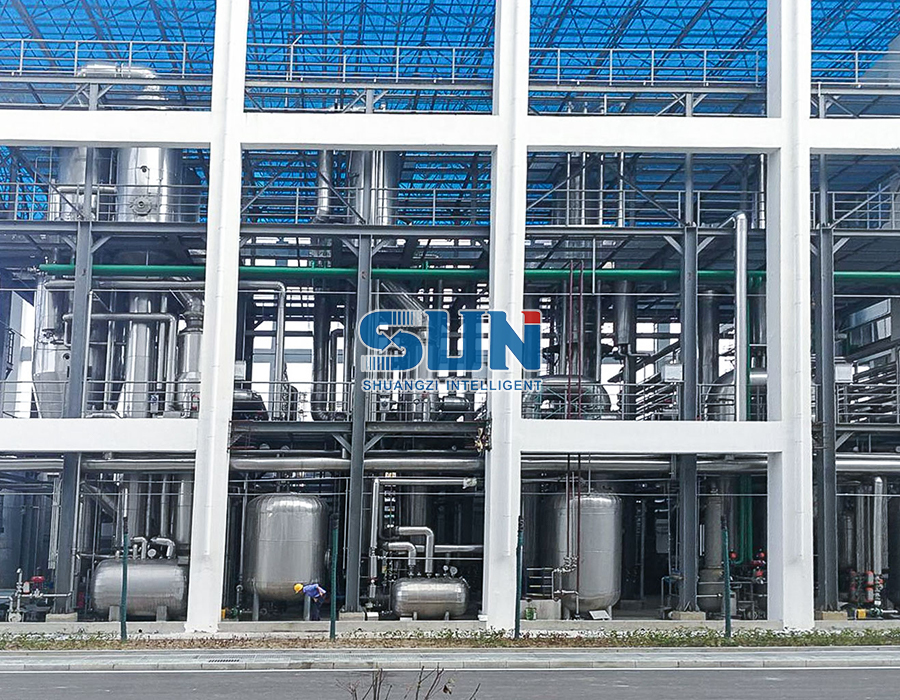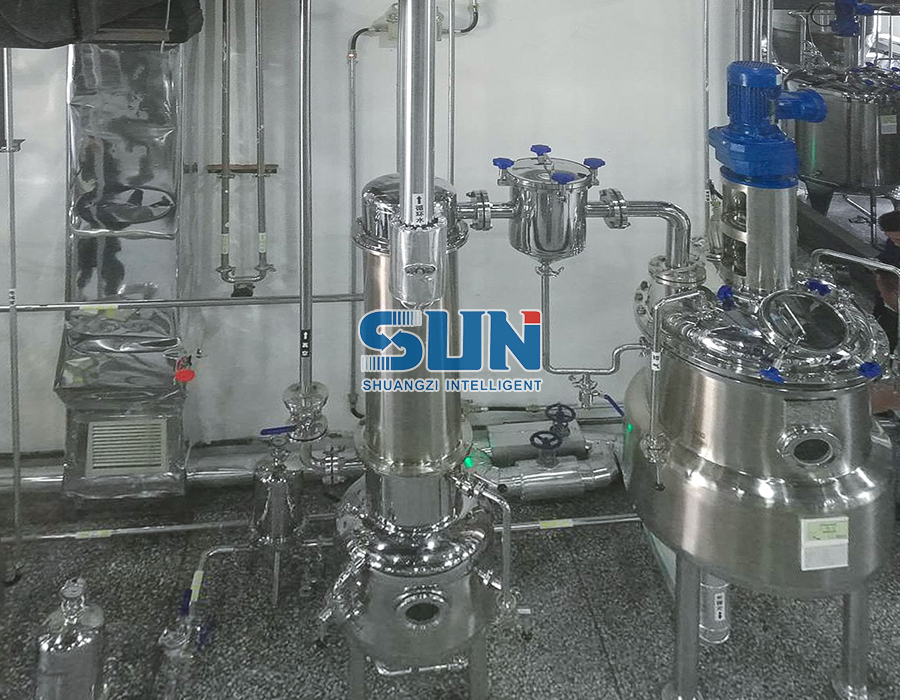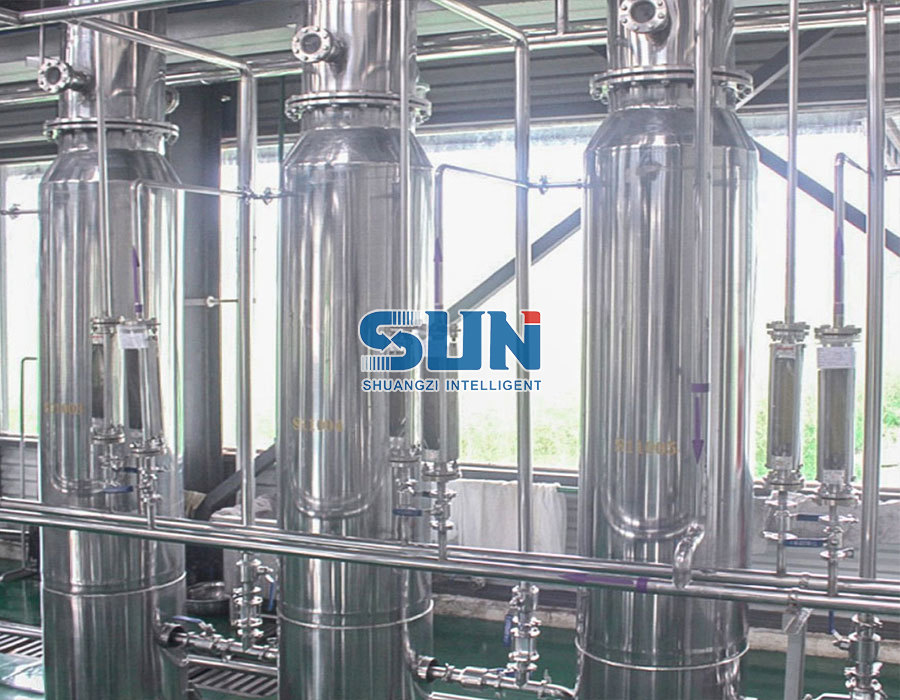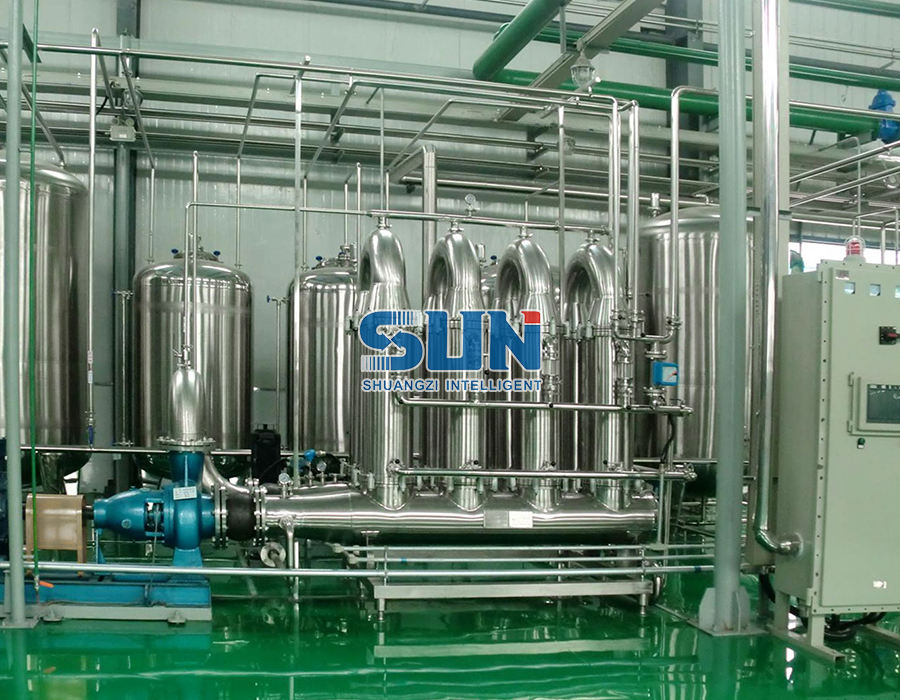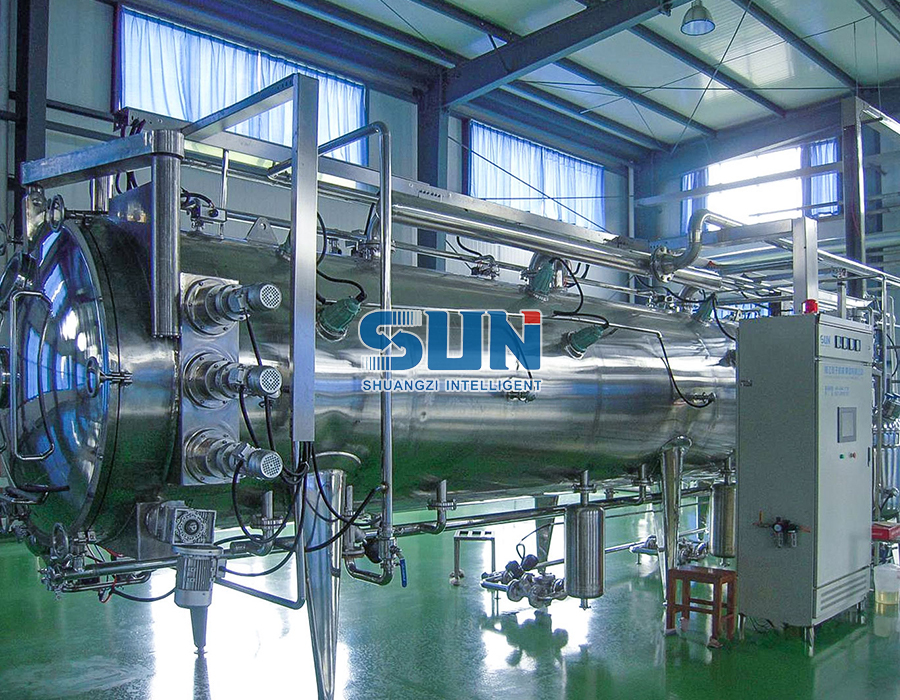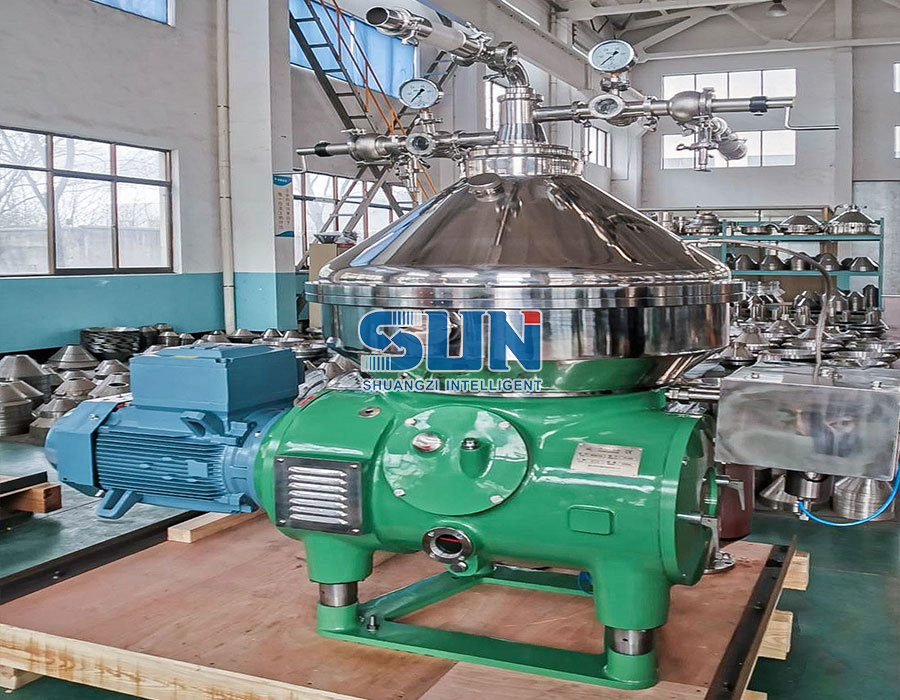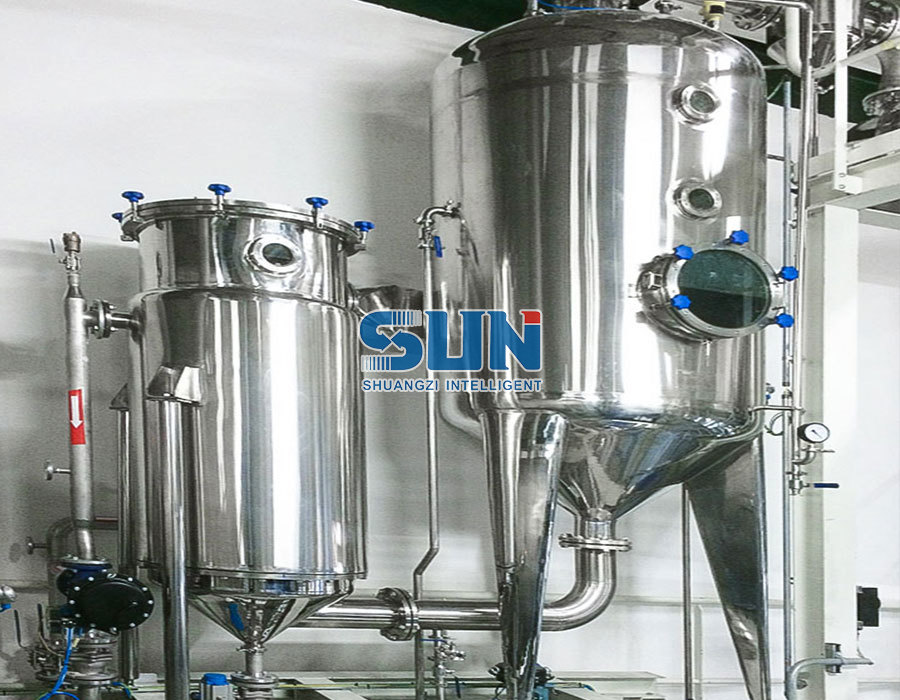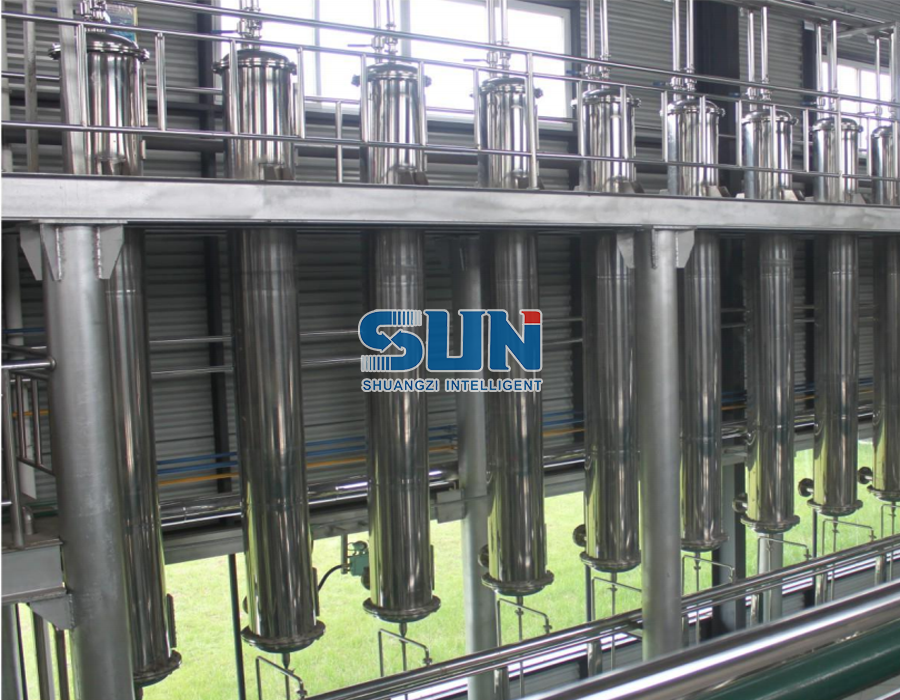The thin liquid film in a fall film evaporator serves several crucial functions in the evaporation process. It is a fundamental component of the evaporator's design and operation. Here are the key functions of the thin liquid film in a falling film evaporator:
Maximizing Surface Area: The primary function of the thin liquid film is to maximize the surface area of contact between the liquid being processed and the heating surface. This large surface area allows for efficient heat transfer from the heating medium (usually steam or hot water) to the liquid, promoting rapid evaporation.
Efficient Heat Transfer: The thinness of the liquid film ensures that the liquid is in close proximity to the heated surface. This proximity results in efficient and rapid heat transfer, as there is minimal resistance between the liquid and the heating medium. As a result, the liquid quickly reaches its boiling point and evaporates.
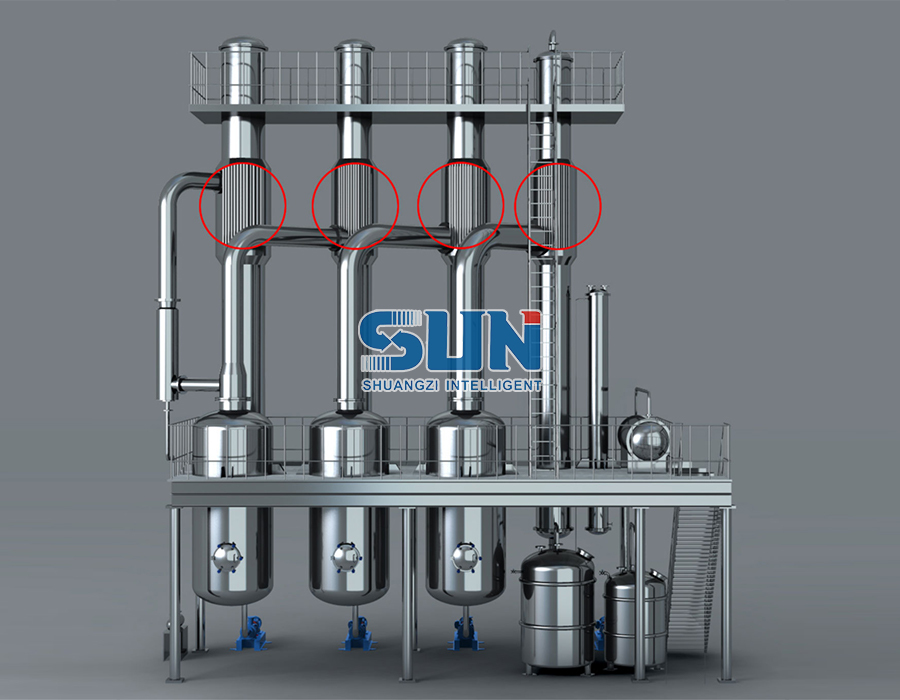

Uniform Temperature Distribution: The uniformity of the liquid film ensures a consistent temperature distribution along the length of the evaporator. This prevents the formation of hot spots and cold spots, promoting even and controlled evaporation. A uniform temperature profile is crucial for maintaining product quality and consistency.
Preventing Overheating: The thin liquid film limits the residence time of the liquid on the heated surface. This short residence time prevents the liquid from being exposed to elevated temperatures for an extended period. It is especially important when processing heat-sensitive materials to avoid thermal degradation.
Minimizing Fouling and Scaling: The continuous flow of the thin liquid film discourages the accumulation of solids or impurities on the heating surface. This helps prevent fouling and scaling, which can reduce heat transfer efficiency and require frequent cleaning and maintenance.
Clear Vapor-Liquid Separation: As the liquid film evaporates, it separates into vapor and concentrated liquid phases. The clarity of this separation minimizes the risk of vapor re-condensation in the liquid phase, ensuring that the vapor is efficiently removed from the evaporator.
Enhancing Heat Transfer Coefficient: The thinness of the liquid film, combined with the continuous flow of liquid, contributes to a high heat transfer coefficient. This coefficient measures the efficiency of heat transfer, and a high value ensures rapid and efficient heat exchange.
Enabling Continuous Operation: The thin liquid film enables the continuous operation of the falling film evaporator. The liquid flows downward under the influence of gravity, ensuring a steady and uninterrupted process, which is particularly advantageous in industrial applications requiring high throughput.
The thin liquid film in a falling film evaporator plays a critical role in maximizing heat transfer efficiency, ensuring uniform temperature distribution, preventing overheating and fouling, and promoting efficient vapor-liquid separation. These functions collectively contribute to the evaporator's effectiveness in rapidly evaporating liquids while maintaining product quality and integrity.


 英语
英语 俄语
俄语